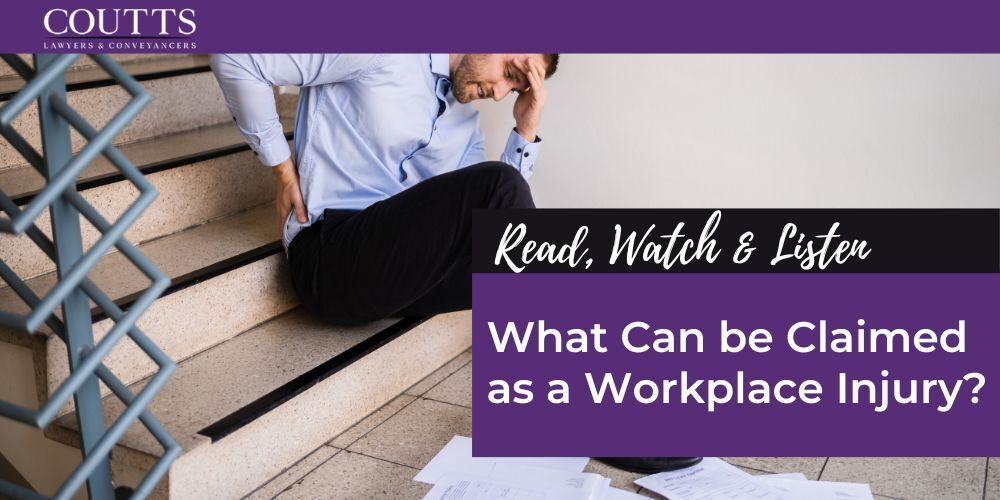Australia now has more than 70 cases in NSW of Coronavirus and more than 130 cases Australia wide. What does that mean for employees and employers going forward?
KEY TAKE OUTS:
- Employers need to balance their legal obligations and anti discrimination policies.
- Companies and businesses need to put in place policies and guidelines now in the event they are affected.
- Unions are advocating a work from home policy or special leave but Coronavirus and its impact is here already.
- Please refer to the World Health Organisation for maintain good hygiene and symptoms to be aware of.
If you or your business has been affected by Coronavirusis, the status is grey in many sectors. Things that employers should take into account are:
- A full time or part time employee is entitled to take sick leave under NES. There is a question around whether they need a medical certificate given many doctors will not see patients with symptoms of Coronavirus. Clinics have been set up specifically for testing. This should be handled on a case by case basis. Employers should look to their policy as to what is required to have sick leave and accommodating Coronavirus in their polices.
- If a full time or part time employee needs to look after a family member who is sick with Coronavirus, they are entitled to take paid carer’s leave. There are no guides for casuals but for they are entitled to two days carers leave usually under their award/agreement.
- Personal/Carers leave is not available where an employee has come into contact with a person who has Coronavirus or where the employee returns from travel to a high risk area but is not yet sick themselves. To qualify for personal leave the employee must be “unfit to work because of illness or injury to them”.
- There are no specific rules if an employee is overseas and can’t return from overseas or is required to enter quarantine because of Coronavirus. Employers need to consider what options they can provide.
- An employee can be stood down under the Fair Work Act without pay if they can’t do useful work because of equipment break down, industrial action or a stoppage of work for which the employer can’t be held responsible. Employers need to exercise caution as Coronavirus is untested waters and if the governments direct a closure it needs to be clear whether this is a trigger, so that the employer can’t be held responsible.
- Employers should look to enterprise agreements, awards, contracts and policies as they may have differing or additional rules when you can or cannot stand down an employee without pay.
- If an employee wants to stay home as a precaution against been exposed to Coronavirus, they need to make a request to work from home or take paid or unpaid leave. These are subject to the employer’s policy.
- As casual staff have limited leave, the government is working towards an economic package for industries who employ casual workers.
- If an employer directs for their staff to stay home, the employee would ordinarily be paid while subject to the direction.
- An employer can, if a work from home is not possible, provide discretionary paid leave to employees so that they do not suffer financial hardship during isolation.
- If employers are trying to mitigate their exposure and be careful by directing employees to stay home, then they really should be getting paid leave. However, some small businesses may not have adequate resources and employers need to make decisions around work from home, sick, annual leave options.
- Employers cannot force an employee to take annual leave. An employer can suggest annual leave if no other options are feasible.
- If the employer has reason to suspect that an employee has been exposed to a risk of infection from Coronavirus (because of recent travel, or contact with someone who has recently travelled), they can request a medical clearance from a doctor from the employee or to not work during the period of risk. The period of risk is 14 days.
- Employers need to consider the risk to safety to all employee’s and exposure to the risk and take adequate steps. An employer must have a legitimate basis to direct an employee to stay away from work with or without pay, and demonstrate that the employee cannot present to work without posing unacceptable risks to health and safety, to make the direction.
If you need any further assistance, please don’t hesitate to contact us. We will present new information as it comes to light on the COVID-19 Pandemic.
One of the biggest measures to reduce your risk and the spread is proper hand washing:
Download the WHO official Hand Hygiene When and How leaflet
ABOUT KARENA NICHOLLS:

Karena is a partner at Coutts Lawyers & Conveyancers and heads up the injury compensation (with extensive knowledge in personal injury) and employment law teams. She is passionate and dedicated to helping her clients understand their rights and obligations and advising them on the best course of action to achieve their desired outcomes. It is her practical and client-orientated approach which has attributed to her authentic reputation positioning her as a highly regarded compensation and employment lawyer.
For further information please don’t hesitate to contact:
Karena Nicholls
Partner
karena@couttslegal.com.au
1300 268 887
This blog is merely general and non specific information on the subject matter and is not and should not be considered or relied on as legal advice. Coutts is not responsible for any cost, expense, loss or liability whatsoever in relation to this blog, including all or any reliance on this blog or use or application of this blog by you.



